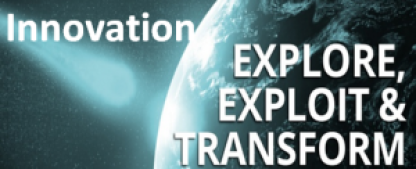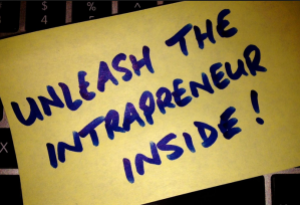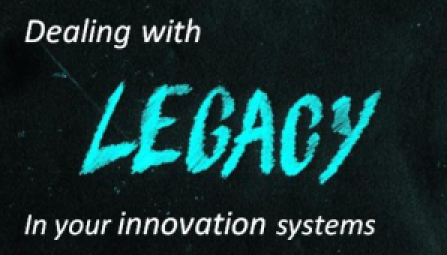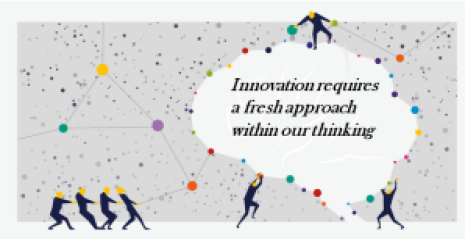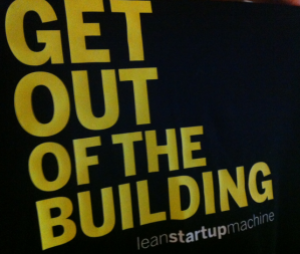 We all value those times when we can slip away from our desk, from the computer or phone and just simply step outside.
We all value those times when we can slip away from our desk, from the computer or phone and just simply step outside.
Some do this because of a necessity of topping up their nicotine levels or finding a few moments for having a chat, others just simply want to step away, relax a little and freshen up.
Another reason to get out of the office is when it comes to thinking differently within the business, going out to seek out different, often radically new ideas. This offers the chance of seeing something completely differently, by being simply aware and open to new possibilities, detaching yourself from your own (comfortable) environment .
Continue reading “Getting out of the Building, Going Cross-Industry for Seeking Out Radical Ideas”
